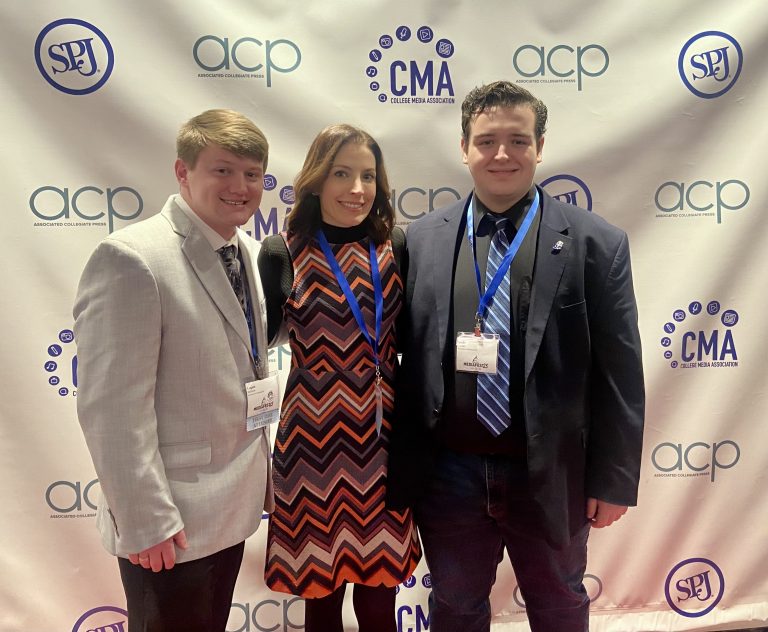In March 2022, the IndyStar reported that Indiana legislation received a bill (Senate bill 17) proposing that teachers and librarians have the potential to be criminalized for exposing students to books and materials that could be viewed as inappropriate or harmful to minors. This vague bill was promptly shut down and rejected by legislators, but other states have not been so fortunate. According to PEN America, a free speech advocacy organization, 122 bills of a similar nature have been proposed in 33 different states since early 2021, 12 of which have become law. While it is understandable to want to protect minors from inappropriate content, it begs the question: what is inappropriate content for minors, and who decides that?
The banning of books in public schools has been an ongoing issue. From classic novels, such as Harper Lee’s “To Kill a Mockingbird” to more recently published LGBTQ novels like “All Boys Aren’t Blue” by George Johnson, beloved stories are the targets of many school districts wishing to restrict minors’ access to information, as suggested by research done by PEN America. The American Library Association (ALA) states that a book can be challenged by any group or individual, but the final decision of officially banning a book is typically up to the school board of that district.
There are several reasons why a book may be challenged. For example, in 2020, the ALA reported that the most common reasons for a book to be banned were sexually explicit content, vulgar language or because it was deemed unfit for an age group. More disturbingly, PEN America found that 33% of recently banned books are centered around LGBTQ content and protagonists, and 41% of banned books feature a protagonist of color.
When it comes to book banning, there is a fine line between the protection of minors and unnecessarily censoring content. To strip students of their access to stories centered around minorities and those within the LGBTQ community,that is censorship. It is valid to want to limit minors’ exposure to explicit content, but the statistics suggest a double standard. There are several books that feature content that could be seen as inappropriate and are still allowed in school libraries. For example, the Bible features sexual content, graphic violence and death, and yet it can be found in most school libraries across the nation—but that same reasoning could be used as an excuse to remove a book that parents might disapprove of on a personal level.
Not only does banning books limit the diversity of stories that a student can experience, it ensures that LGBTQ students and students of color are not represented in the media they consume. Representation is very important, especially when it comes to minors who are just starting to figure out who they are and what is “normal.” Representation in media is beneficial to the development of an individual’s self-confidence and identity. It allows them to experience characters and stories that mirror their own lives; they are able to see that they are not alone. When books that can provide that representation are taken out of school libraries, that makes it so much more difficult for LGBTQ students or students of color to feel seen by the world around them.






